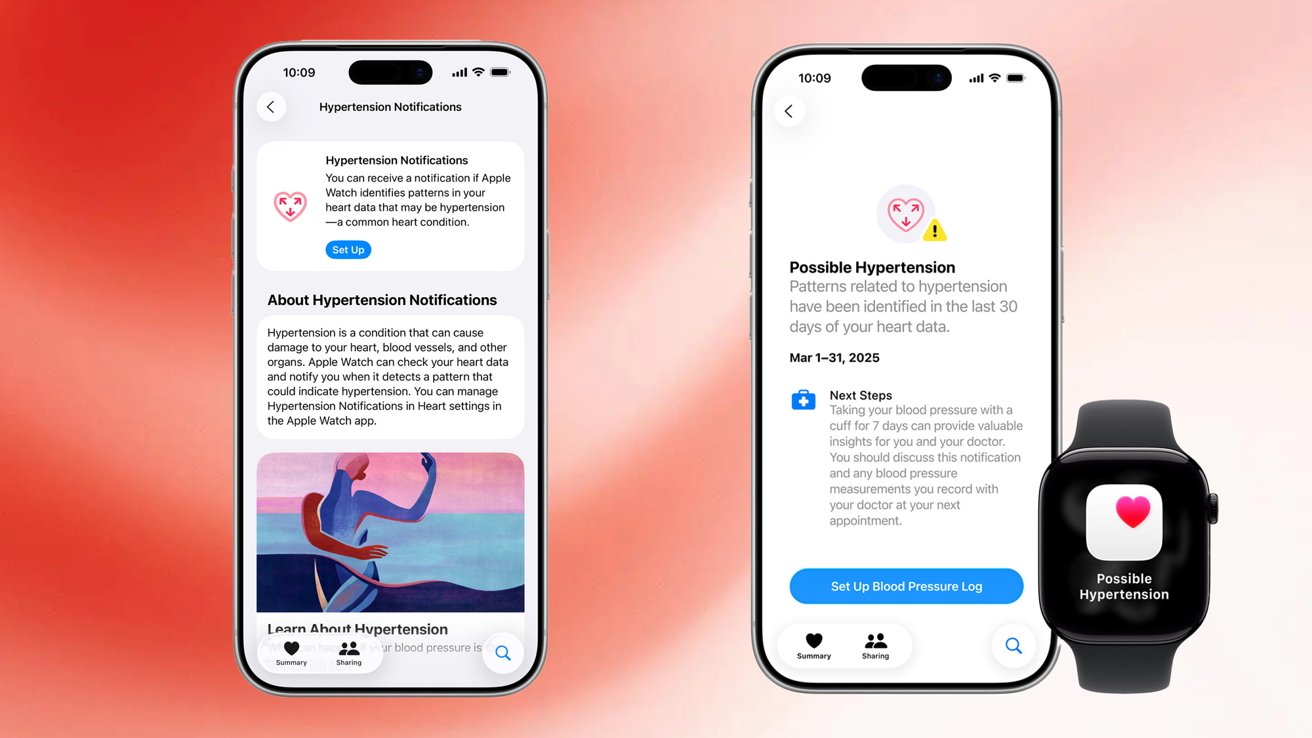The iPhone has long been synonymous with premium pricing, with each new iteration often accompanied by incremental price increases. Historically, these hikes have been modest, typically around 10%, aligning with the enhancements introduced in each model. However, recent developments suggest that consumers might soon face unprecedented price surges, potentially elevating the cost of the iPhone 16 Pro Max from its current $1,599 to a staggering $2,300.
Understanding the Proposed Tariffs and Their Implications
Tariffs are taxes imposed on imported goods, intended to protect domestic industries by making foreign products more expensive. The U.S. government has proposed expanding tariffs on Chinese-made products, encompassing electronics, semiconductors, and consumer goods. Given that a significant portion of Apple’s manufacturing occurs in China, these tariffs could substantially impact the company’s production costs.
Analysts predict that these new tariffs could reach up to 43%, depending on the product category. This escalation would significantly increase Apple’s expenses, especially since China remains a pivotal hub in Apple’s supply chain. Despite efforts to diversify manufacturing to countries like India and Vietnam, transitioning away from China on a large scale is a complex and time-consuming endeavor.
The Feasibility of a $2,300 iPhone
The prospect of a $2,300 iPhone is not merely speculative. Rosenblatt Securities estimates that Apple could incur up to $40 billion in additional tariff-related expenses if the proposed policies are fully implemented. This financial burden could necessitate raising the price of the iPhone 16 Pro Max from $1,599 to nearly $2,300. The projected 43% increase would vary across different models, with high-end devices experiencing the most significant hikes.
Wedbush analyst Dan Ives has also highlighted the potential for electronics prices to surge by 40 to 50% due to these tariffs. He notes that if Apple were to relocate production to the U.S., iPhone prices could more than double, underscoring the delicate balance of Apple’s current pricing strategy.
Apple’s Potential Response to Increased Costs
Historically, Apple has faced tariff threats without passing the additional costs onto consumers. For instance, a 2019 tariff imposed during the Trump administration could have added approximately $160 to the iPhone XS, yet Apple maintained its pricing. However, the current economic landscape presents new challenges.
Factors such as inflation, rising component costs, and slowing global demand have already tightened Apple’s profit margins. Absorbing a 30 to 40% tariff could further strain these margins. Additionally, investors are pressuring Apple to sustain growth in its hardware division. With unit sales plateauing, increasing the average selling price (ASP) has become a crucial metric.
In this context, raising prices could be framed as a strategic shift, testing consumer willingness to pay a premium for the latest iPhone while attributing the increase to external tariff pressures. While this remains speculative, it reflects the complex considerations Apple faces in navigating these potential cost increases.
Implications for Consumers
The possibility of a $2,300 iPhone raises significant questions for consumers. If the proposed tariffs are enacted and Apple opts to pass the additional costs onto buyers, the iPhone Pro Max lineup could experience its most substantial price hike to date. Such an increase could reshape consumer purchasing decisions, potentially leading to decreased demand or a shift towards alternative brands.
In conclusion, while a $2,300 iPhone may seem extreme, it is a plausible outcome given the current trajectory of U.S. trade policies and their impact on global supply chains. Consumers should stay informed about these developments, as they could significantly influence the cost and accessibility of future Apple products.



